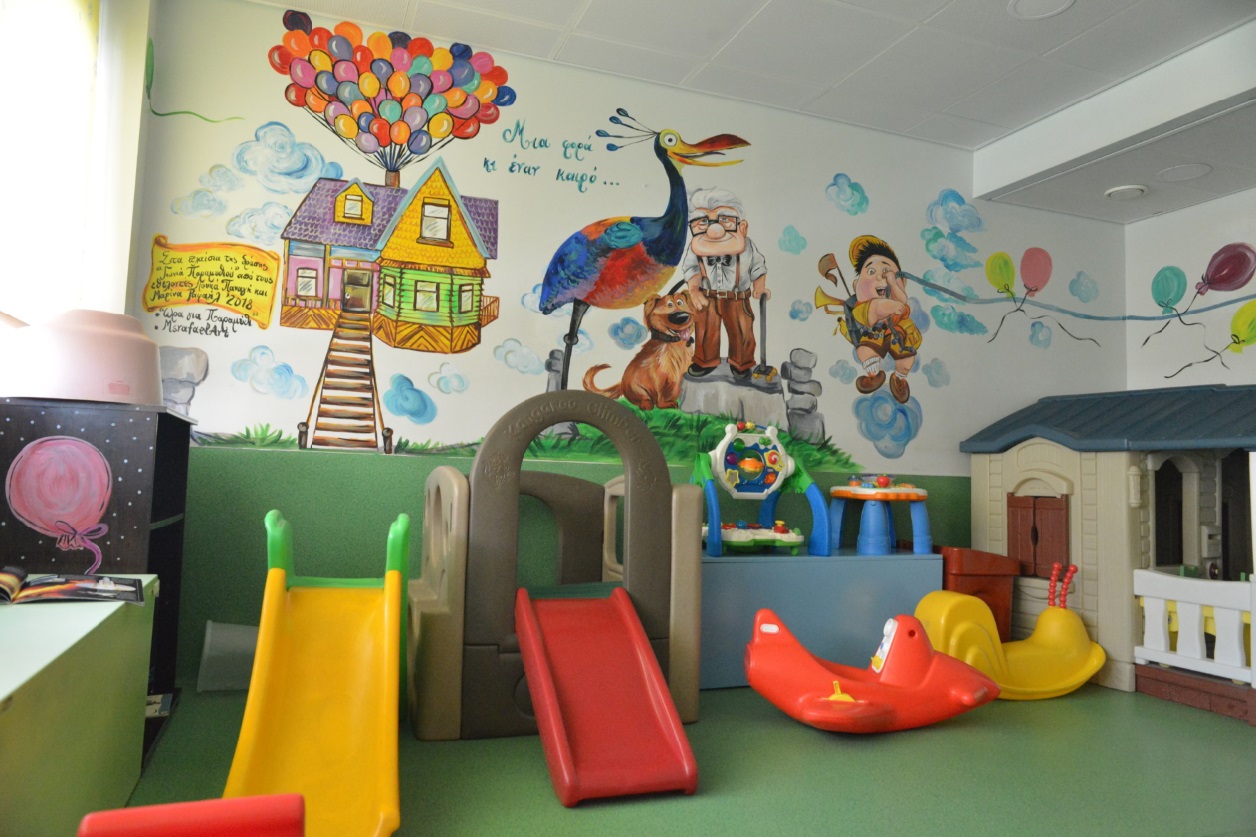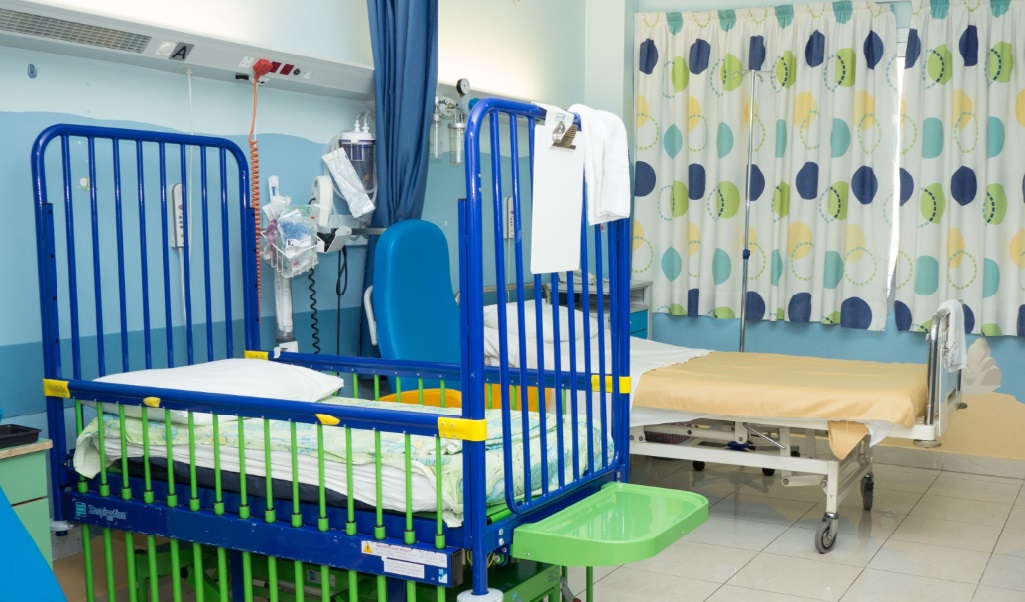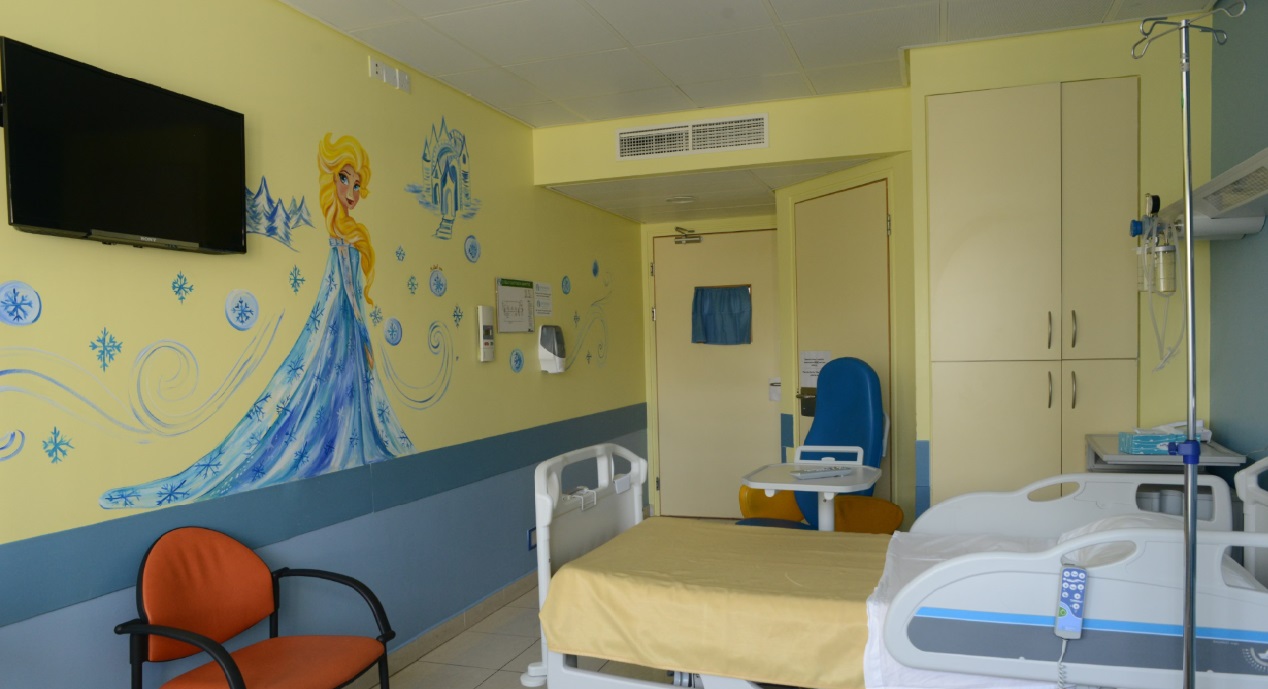Many children will need to have a medical procedure or test at some stage. This may include a blood test, stitches, injection, X-Ray, or other type of medical imaging.
As a parent or caregiver, you have an important role in helping your child cope with medical procedures and hospitalizations. You know your child better than anyone else and can offer reassurance and comfort to help your child feel less scared and stressed.
What do I say if my child asks if it is going to hurt?
It is natural for adults to try and protect and reassure their child by saying that a test or procedure won't hurt or will only hurt a little. However, research has shown that telling a child this is not helpful, and it often makes the event scarier.
Always give your child an honest answer, while trying not to frighten them. For example, an honest alternative to saying 'This is going to hurt' is to say, 'Some children say it hurts a bit, others are not so bothered'.
Reassure your child that there are different things that can be done to reduce their discomfort during the procedure, such as medicines, distraction with a favourite book, toy or video, or concentrating on their breathing.
Medicines that help reduce your child's pain
There are a range of medicines that can help relieve pain during uncomfortable procedures. Discuss the different options with medical staff before your child's appointment.
- EMLA Cream: A cream that numbs the skin and can be very effective if your child needs an injection or a drip. It needs to be applied to the skin 25–45 minutes before the procedure.
- Paracetamol or Ibuprofen: These pain relief medicines may be helpful for broken bones, having plaster put on, dressing changes, drain insertion and removal, lumbar puncture, stitches, laceration repairs and immunisations.
- Sedation: Sedatives are medicines that can help reduce anxiety and fear. They may be helpful in reducing pain if your child is very anxious about the procedure hurting.
Before the procedure
Ensure your child is given an explanation about the procedure from a hospital staff member or Doctor. Explain:
- why the procedure is needed and how it will help their body,
- what happens during the procedure,
- where it will happen,
- what they might feel.
You may want to talk these things over with your child and answer any questions they have:
- if your child is under six years of age, you should explain the procedure just before it happens,
- if your child is over six years of age, it is best to explain and prepare your child two to three days before the procedure.
There are also a number of resources that specifically explain various procedures to children, such as the Okee in Medical Imaging app.
Ask staff about ways to help your child feel more comfortable and less scared, and make sure you understand what will happen before the procedure starts.
If your child is scared or worried about an upcoming procedure inform the staff. The team can help prepare your child for the procedure develop coping strategies with you.
Distraction ideas
Explain to your child that often pain isn't as bad if you aren't concentrating on it too much. Decide ahead of time which distraction techniques your child would like to do during the procedure - you could even practice them at home before your appointment. Remember to bring along the relevant toy/ book/ device.
It's also a good idea to bring things for you and your child to do while waiting. This helps manage fear and boredom.
Distraction techniques for infants under six months:
- rocking, stroking their face, gentle patting,
- having family present,
- rattles or other baby toys,
- singing,
- breastfeeding.
Distraction techniques for toddlers (six months to two years):
- blowing bubbles or a windmill,
- toys and books that make noise or with buttons to push,
- singing your child's favorite song,
- light-up toys,
- reading a book.
Distraction techniques for older children:
- big belly breathing, blowing away the scary feelings or blowing away the hurt,
- blowing bubbles or a windmill,
- counting games,
- reading a book or a search-and-find book,
- mind pictures, e.g., think about a favourite sport, family holiday, school game or activity; let your child tell a story or answer questions about what is pictured in their mind.
Distraction techniques for adolescents:
- listening to music with headphones,
- let them have a choice about parental presence and hand holding,
- mind pictures, e.g., think about a favourite sport, family holiday, school game or activity; let them tell a story or answer questions about what is pictured in their mind,
- relaxation and breathing techniques,
- use humour or talk about something unrelated to their procedure,
- watching a favourite movie/show or playing a game on a phone or tablet.
If you have an older child or an adolescent, ask them if they want to know what is happening or if they prefer to focus on an activity instead. Some children want to watch the procedure as it happens.
During the procedure
For infants, keep your baby swaddled so they are wrapped up and warm – only expose the areas of body needed for the procedure.
It's helpful for children to decide whether they want to lie down or sit for the procedure but check with the person doing the test first. Young children may like to sit on your knee and be held in a hug, as this provides security and comfort. Older children may prefer to sit by themselves.
What to do and say
- Stay with your child. If you think you may not be able to do so, ask someone your child knows to stay.
- Maintain contact with your child during the procedure by holding their hand, stroking them or giving them a cuddle or hug.
- Remind your child to use the distraction method you have both decided on, e.g., 'Tell me something else about your favourite place' or 'You are going to find this much easier when you do your breathing'.
- Use a calm voice to speak to your child. Your words should focus on distracting your child. Many children find it is not helpful to talk about what is happening, how the procedure is going or when it will finish.
- If your child cries during the procedure let them know that it is OK to feel upset.
- Praise your child for their cooperation and what they are doing well.
After the procedure
Stay with your child until they are calm. Babies may like to be cuddled or offered a feed.
Talk to your child about the things they did well. Even if your child was upset, find a positive thing to mention as this can help promote a sense of achievement, e.g., 'You did really well with your deep breathing'.
Key points to remember
- Be honest when answering your child's questions about the procedure and whether it will hurt.
- Medicines, distraction and breathing or relaxation techniques are ways to help reduce discomfort during procedures.
- Try to stay with your child during a procedure or ask someone else your child knows.
- Decide with your child which distraction methods to use during the procedure, and practise some of them at home.
Common questions our doctors are asked
What can we do if my child becomes extremely distressed during the procedure?
Most procedures can be postponed until your child's distress has settled. There are some occasions where a procedure must go ahead, but all attempts will be made to minimize your child's distress and discomfort. Most children report afterwards that the procedure was not as bad as the lead-up.



